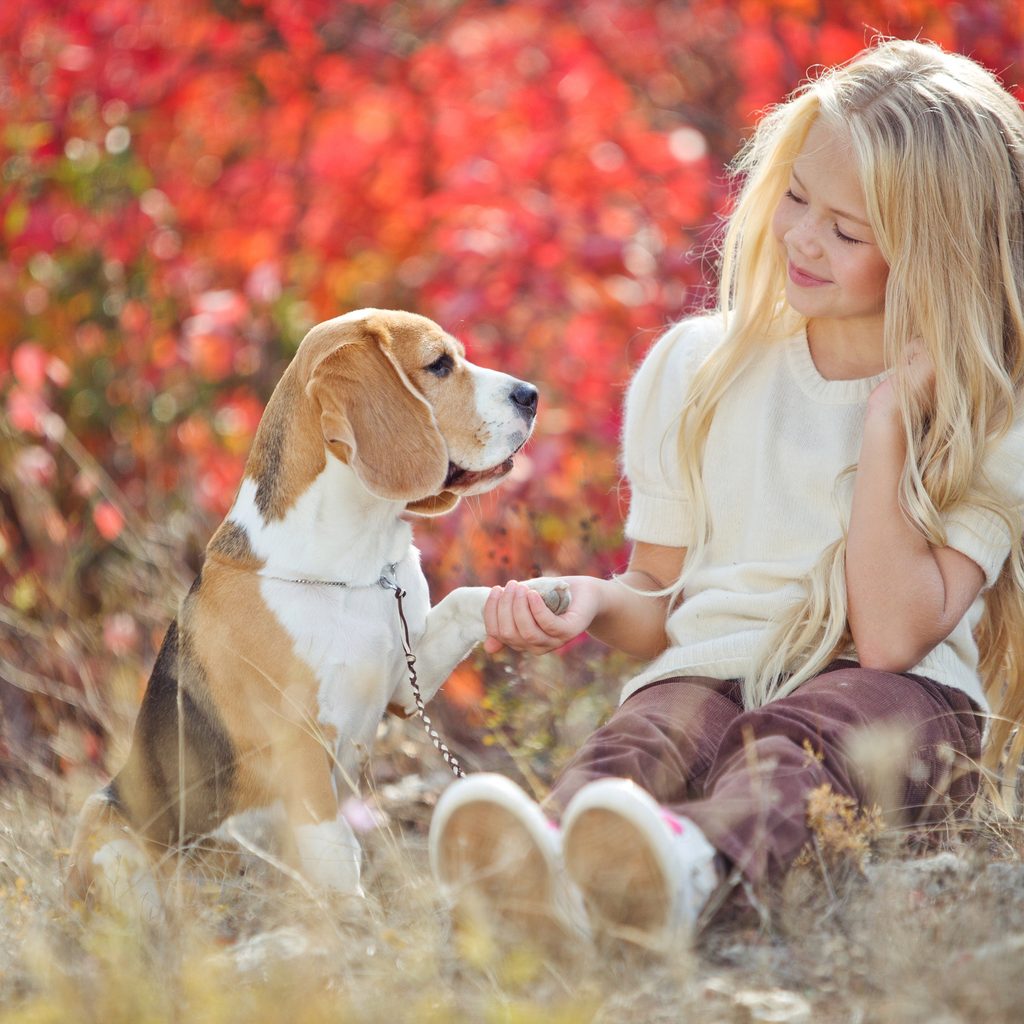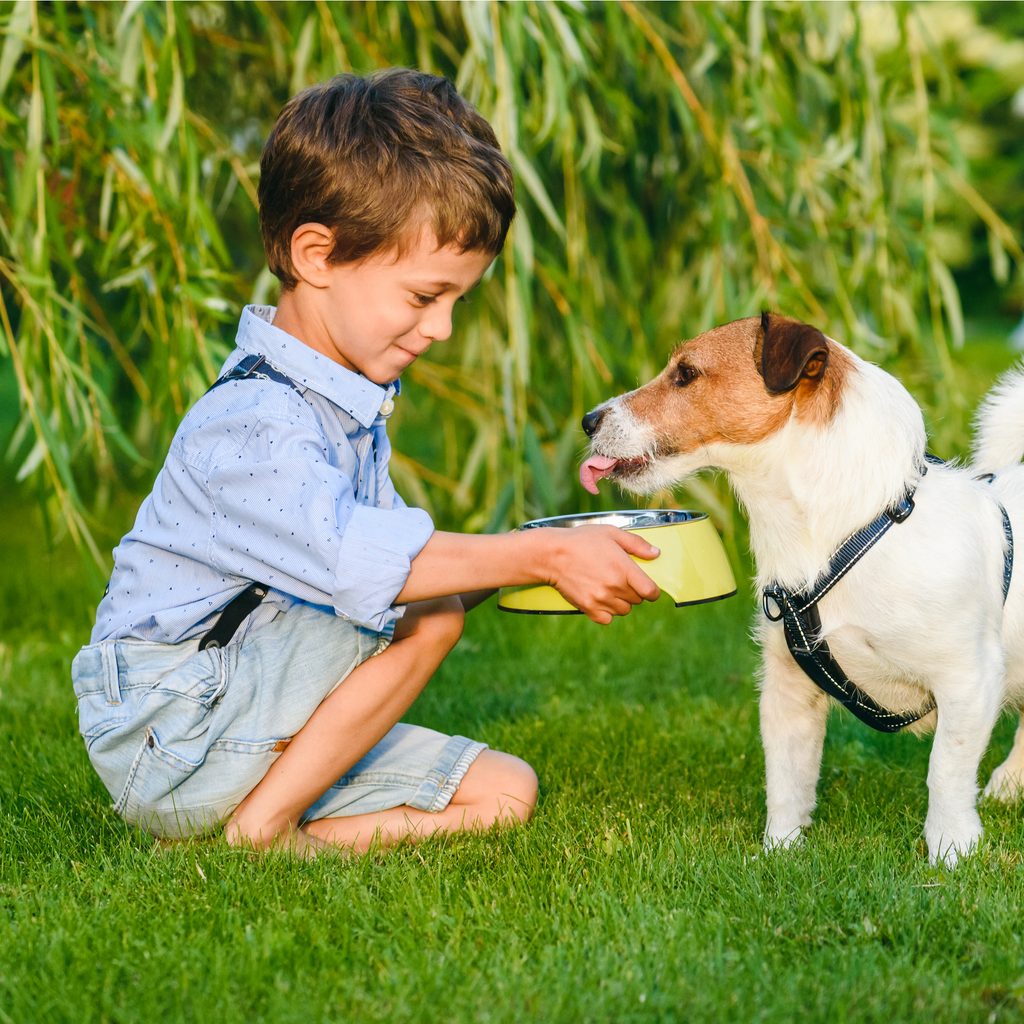Normally, a dog attack is not a good thing — dog bites are a serious business for all parties involved and should be avoided at all costs. When you adopt a new dog, training is essential, especially if you have kids. Learning how to introduce a puppy to a child is the best way to avoid terrible situations. Of course, when it’s a playful attack by a group of puppies? That’s another story entirely.
This child found himself in a situation we all would probably love: the center of attention of a pack of excited puppies. At first, it’s hard to tell whether this attention is unwanted or not, but about halfway through, the kid looks right at the camera (held by their parents, we assume) with a look of delight, clearly laughing, before being taken over by the puppies’ licks and pats once again.
Of course, while we love playing with puppies as much as the next dog lover, there’s probably a better way to introduce your child to a new puppy. (After all, some children are hesitant around animals and you don’t want them developing any fears or bad habits because of a poor experience.)

How to introduce a puppy to your child
Want your child and new dog to get off on the right foot? Follow these steps to help them form a lasting friendship.
Set some house rules and guidelines
Before you even bring your new puppy home, make sure everyone in the house understands their roles, responsibilities, and the do’s and don’ts of caring for an animal. What this looks like depends on the age of your child, but whether they’re a toddler or a teen, make sure that they understand basic etiquette:
- No teasing the puppy
- Use quiet voices and tones around the puppy
- How to pet the puppy without squeezing or poking them
- How to respect a dog’s boundaries (and that it’s OK for them to have boundaries, too)
Opt for a low-maintenance first meeting
If possible, include your child in the process of adopting the dog. Take them to the shelter with you to meet your potential new pet. This will help them feel included, and alert you to any personality or lifestyle mismatches.
Understand that your child might be hesitant around a new dog or puppy, so go slow in your approach. It’s best to let the dog come to them. Make sure your child understands basic dog body language like not looking them directly in the eyes or making sudden moves toward them. If your child is more fearful than hesitant, don’t push.
- Hold the first meeting in a space that’s open enough that the puppy doesn’t feel cornered.
- Let your child approach part way, but let the puppy close the gap between them.
- Let the puppy sniff and explore your child (as long as they’re both comfortable).
- Once they’ve gotten to know each other a bit, your child can offer the back of their hand for the puppy to sniff. If this goes well, show them how to pet the puppy, avoiding sensitive areas.

What to do when you bring your puppy home
Once you’ve chosen your new dog, got all of their gear ready, and pack them into the car to bring them home, there are a few tips and tricks you should follow:
- Don’t leave your new dog and your child alone together at first. Your puppy isn’t trained yet (and your child might not be used to dogs), so you won’t know how they’ll behave together. You should always be present to break up an escalating situation.
- Let your new puppy make the first move. Excited kids will want to play right away, but it’s best to let your puppy decide the pace of their friendship. This is a way to build trust.
- Teach your kids about respect for a dog’s space and their body language. Just like humans sometimes need alone time, dogs do, too. Make sure your child understands when your dog wants to be alone and how to read their body language.
- Be patient. Kids aren’t exactly known for this quality, but if they go at a slow and steady pace, they’ll gain a best friend for life in their new pup.
- Let your child help in caring for the puppy. This will look different depending on their age, but kids can go along on walks, help feed the puppy, and help clean up after them. Kids can also take part in dog training too — which will help strengthen their bond.
Introducing your child to your new puppy is an incredibly important experience that can affect their lifelong bond. As long as you ensure everyone feels safe and comfortable, your child will be getting licks and hugs like the child in the video in no time.


